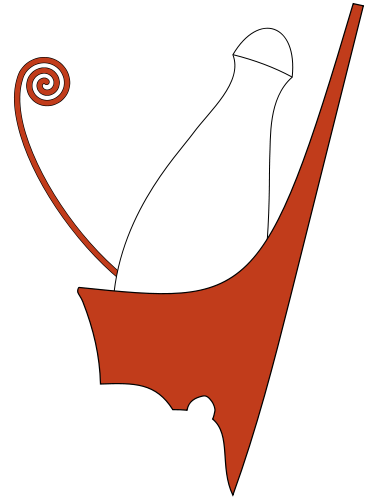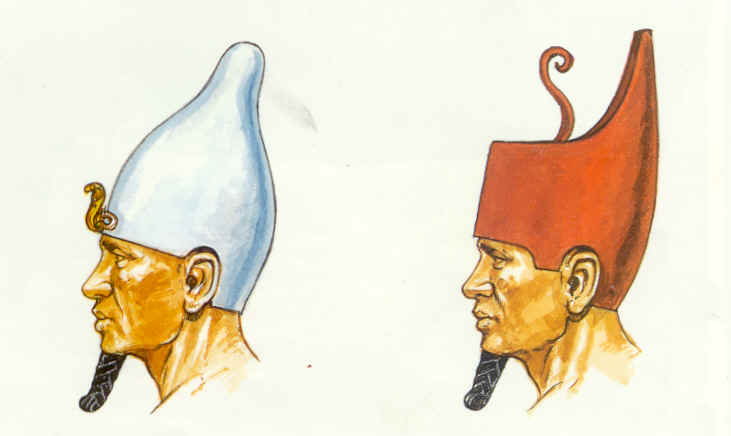Sahran
Grandmaster Knight

Going to have finals soon, but there'll be about a 20 day window between that and my J-term 2 weeks in Paris that I'll get some stuff done. 
On a few side notes, I read a compelling case in Ancient Warfare magazine supporting the idea that Iron was not superior to bronze, but rather cheaper and more available. The author of the article was one Paul Mcdonnell Staff, noting:
1) Bronze was generally harder than wrought iron
2) Bronze Age gave way to Iron because Iron was more widespread (thus cheaper), even though it was harder to work
3) Unlike bronze, it was much more susceptible to corrosion
4) Weaker wrought iron was found to be sufficiently strong for tasks at hand
5) The fall of the bronze age (1200-1000 BC) and population migrations (1200-1100 BC) caused a decline of trade that made bronze more difficult to acquire
6) Circa 400 BC steel production was discovered, and steel would be stronger than bronze with a sharper edge but more susceptible to corrosion.
This isn't some authority to end all authorities but it does give a compelling argument against the popular idea of "Iron vastly superior to bronze in all things". Ultimately in our case I don't see a dramatic difference in iron vs bronze gear. If there is it might be that iron is cheaper but slightly inferior (Which goes with the narrative of the largely iron equipped Assyrians and Persians being about large imperial armies, not smaller corps of aristocratic warrior elites).
Also conversing with the folks at Bronze Age Center and elsewhere to figure out the historicity of leather cuirasses (not just the segmented 'apron') for the Mycenaeans. Some argue against it, but I'm buying into the approach of Andrea Salimbeti who favors more prevalence of organic/perishable armor.
Seems like we historical fans have something of a knee-jerk reaction to leather because of its apparent over-saturated attributing by past historians. You can see that for how despite the hardcore "leather-hating" historical elites recognizing the Tube and yoke cuirass was more likely a leather spolas, not a linen linothorax, the latter remains the dominant popular view. In SITD's case it just means ideas for Mycenaean/Trojan soft armor.
On a few side notes, I read a compelling case in Ancient Warfare magazine supporting the idea that Iron was not superior to bronze, but rather cheaper and more available. The author of the article was one Paul Mcdonnell Staff, noting:
1) Bronze was generally harder than wrought iron
2) Bronze Age gave way to Iron because Iron was more widespread (thus cheaper), even though it was harder to work
3) Unlike bronze, it was much more susceptible to corrosion
4) Weaker wrought iron was found to be sufficiently strong for tasks at hand
5) The fall of the bronze age (1200-1000 BC) and population migrations (1200-1100 BC) caused a decline of trade that made bronze more difficult to acquire
6) Circa 400 BC steel production was discovered, and steel would be stronger than bronze with a sharper edge but more susceptible to corrosion.
This isn't some authority to end all authorities but it does give a compelling argument against the popular idea of "Iron vastly superior to bronze in all things". Ultimately in our case I don't see a dramatic difference in iron vs bronze gear. If there is it might be that iron is cheaper but slightly inferior (Which goes with the narrative of the largely iron equipped Assyrians and Persians being about large imperial armies, not smaller corps of aristocratic warrior elites).
Also conversing with the folks at Bronze Age Center and elsewhere to figure out the historicity of leather cuirasses (not just the segmented 'apron') for the Mycenaeans. Some argue against it, but I'm buying into the approach of Andrea Salimbeti who favors more prevalence of organic/perishable armor.
Seems like we historical fans have something of a knee-jerk reaction to leather because of its apparent over-saturated attributing by past historians. You can see that for how despite the hardcore "leather-hating" historical elites recognizing the Tube and yoke cuirass was more likely a leather spolas, not a linen linothorax, the latter remains the dominant popular view. In SITD's case it just means ideas for Mycenaean/Trojan soft armor.














